“Digital macht alles kaputt!”
The old lady complained from the other side of the counter, with the mixture of sadness and anger of the one who knows the enemy is so big that the only reasonable thing to do is to step out and wait for the end.
The place, Foto Bahnhof, close to the train station, is one of the last photography stores in Salzburg. After she told me that they did not have what I was looking for any more, I asked her if she knew about other photo stores in the city where I could find it. She shook her head and started listing stores that do not exist any longer. The last one she mentioned, Foto Mayrhofer, close the the Schranne, closed just a couple of months ago, after its owner went into retirement. It struck me that I was in front of one of the last members of an almost extinguished species. Her clear blue eyes darkened for a moment, as she realised that I had understood the bitter consequence of the syllogism she did not fully state.
The advent of digital photography, that reached the general public in the 90s, meant the last push to the democratisation of photography. During the 20th century, photography evolved to come closer and closer to the point & shoot ideal, fine-tuning automatic processes in such a way that the only actions left to the user were framing and shooting.
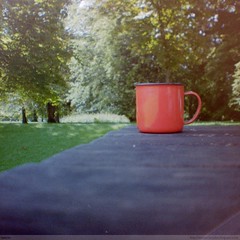
The advantages of a digital camera can be summed up in three: immediacy, low cost and storing and compression. Immediacy on review, because the picture appears on a more or less big screen, with more or less colours, instants after shooting. Low cost of operation because shutter opening and closing has a total cost that tends very quickly to zero. Compression because, thanks to clever algorithms, the optical data captured by the sensor needs a tiny fraction of the total storage capacity of the device, which results in a great autonomy of operation.
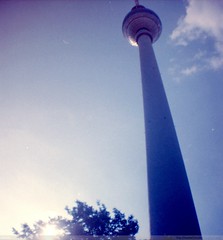
Technological innovation has countless positive aspects, but its ruthless logic leaves old and sometimes venerable technologies on the side as road kill, because they make no sense any more or, simply, because they are not profitable. For example the CD consigned tapes to oblivion, even though there is already an expiration data for the CD itself, whose symphony's last chords can already be heard under the direction of newer digital formats like MP3 and OGG. Digital photography sensors pushed film cameras to the background, making them museum display items or, sadly, mere pieces of junk that one does not know what to do with.
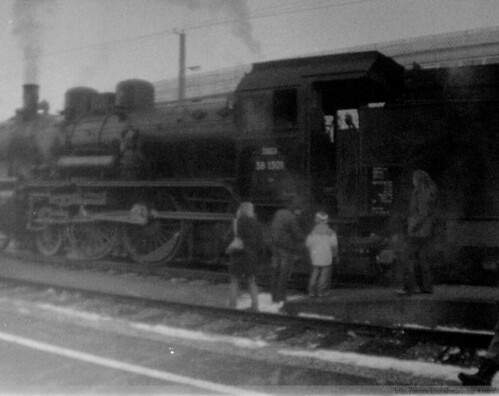
But not all technologies are equal and when a technology, as it happens with photography, is used as a support for artistic expression, I think that it is healthy to renounce to the multiple automatisms and advantages from time to time, because creativity and inventiveness usually work better when the first difficulties to overcome are technical limitations. I think that artistic creativity needs new challenges permanently, in order not to fall into routine and boredom.
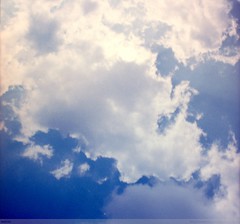
I have worked you through this long introduction just to talk about the new territory that I am beginning to explore, pretty blindfolded at first, but with great hope and motivation. One of the photographic treasures that we brought from New York last year was Marona's new toy camera, a Diana Mini, from Lomography, that uses 35mm film. All pictures that I included in this post until now have been taken with the Diana Mini.
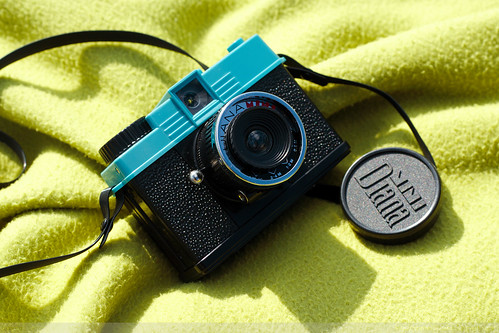
The second photographic treasure, this time brought from Barcelona, is an old camera that we borrowed from Marona's mum, a Kodak Retinette 1A that, after its serial number, was made between 1963 and 1966 and that we let repair and adjust. In spite of the almost 50 years passed, the camera works with a smoothness that a lot of present-day cameras can only wish for.
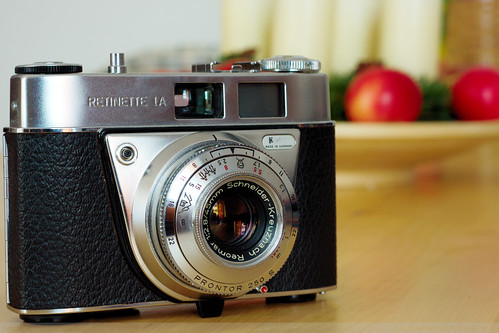
The Retinette makes you really think: from distance to your subject, which you need to guess and adjust without any confirmation chance, to exposure, for which you have to make use of rules of thumb or the photographic eye that began evolving as we decided to measure exposure manually with our digital cameras as well. I still have not exposed my first film with the Retinette, but I try not to miss any chance...

(this lovely picture of me was taken by Marona!)
It is nothing more than another step on my going back to the origin, back to the basics, that I already talked about in a photographic context. I love this feeling of going back to the origin, because I feel like I am doing real photography. Is it maybe vanity? Is it just that I want to stand out from the crowd? I don't know... But I guess the reason I went to Foto Bahnhof, to ask for advice about used twin-lens reflex cameras, gives a hint that what I really like is when people look at me as if I were crazy, as I take out old cameras (with no screen on the back!) from their leather cases and I start taking pictures with them.
Monday, 29 November 2010
Photographic Treasures
Labels:
life,
photography
Subscribe to:
Post Comments (Atom)

 versión en español
versión en español







2 comments:
Toni, very well written. If you ever require a piece of gear or film let Alex or I know and we can try to find it for you and have it shipped over.
Welcome to film
Alan, many thanks for your comment and for your offer, it really means a lot to me! :) I cannot imagine a better coaching for my first babbling with film, Alex and you are the best! :)
Post a Comment